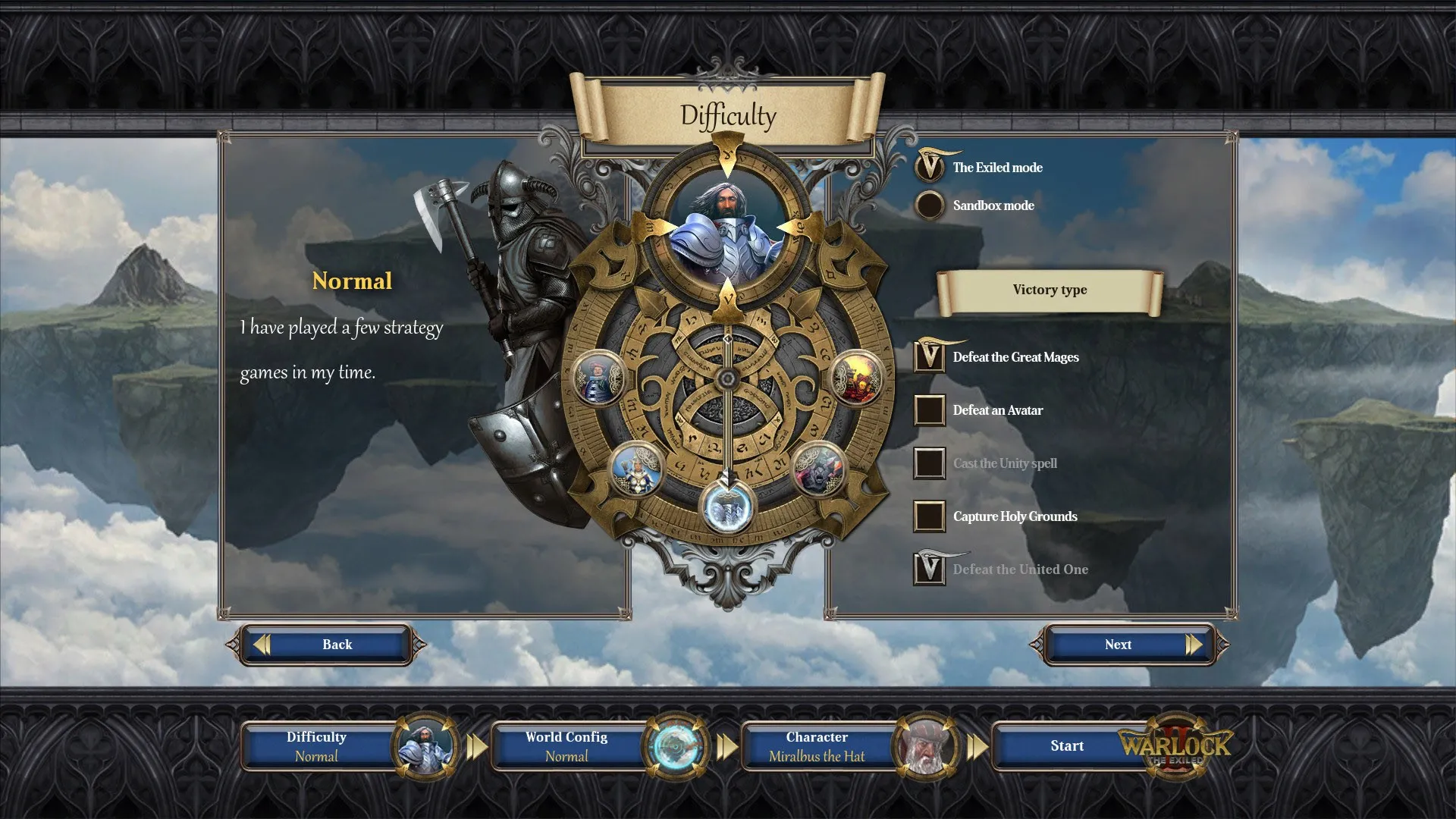
Warlock 2: The Exiled – A 4X Fantasy Strategy Game Review
Contents
The 4X genre (explore, expand, exploit, exterminate) is often associated with the legendary Civilization series, a benchmark for many strategy gamers. The allure of shaping history and conquering vast empires draws players in, but the complexity of these games can also be intimidating, making it difficult for other titles to reach Civilization‘s level of success. However, Paradox Interactive, known for its intricate strategy games, challenged this dominance with Warlock: Master of the Arcane in 2012, a game that garnered positive reviews and offered a unique take on the 4X formula with its fantasy setting. Two years later, Ino-Co Plus released Warlock 2: The Exiled, a sequel promising significant improvements. This review dives into the world of Warlock 2: The Exiled and examines its strengths and weaknesses.
 Alt: A screenshot showcasing the world map of Warlock 2: The Exiled with various terrains and factions.
Alt: A screenshot showcasing the world map of Warlock 2: The Exiled with various terrains and factions.
A Polished and Accessible Interface
Despite simplifying some of the traditional complexities of 4X games, Warlock 2: The Exiled boasts a polished and intuitive interface. The thoughtful placement of buttons and information panels along the screen’s edges allows players to monitor their kingdom’s progress while still enjoying the game’s visuals.
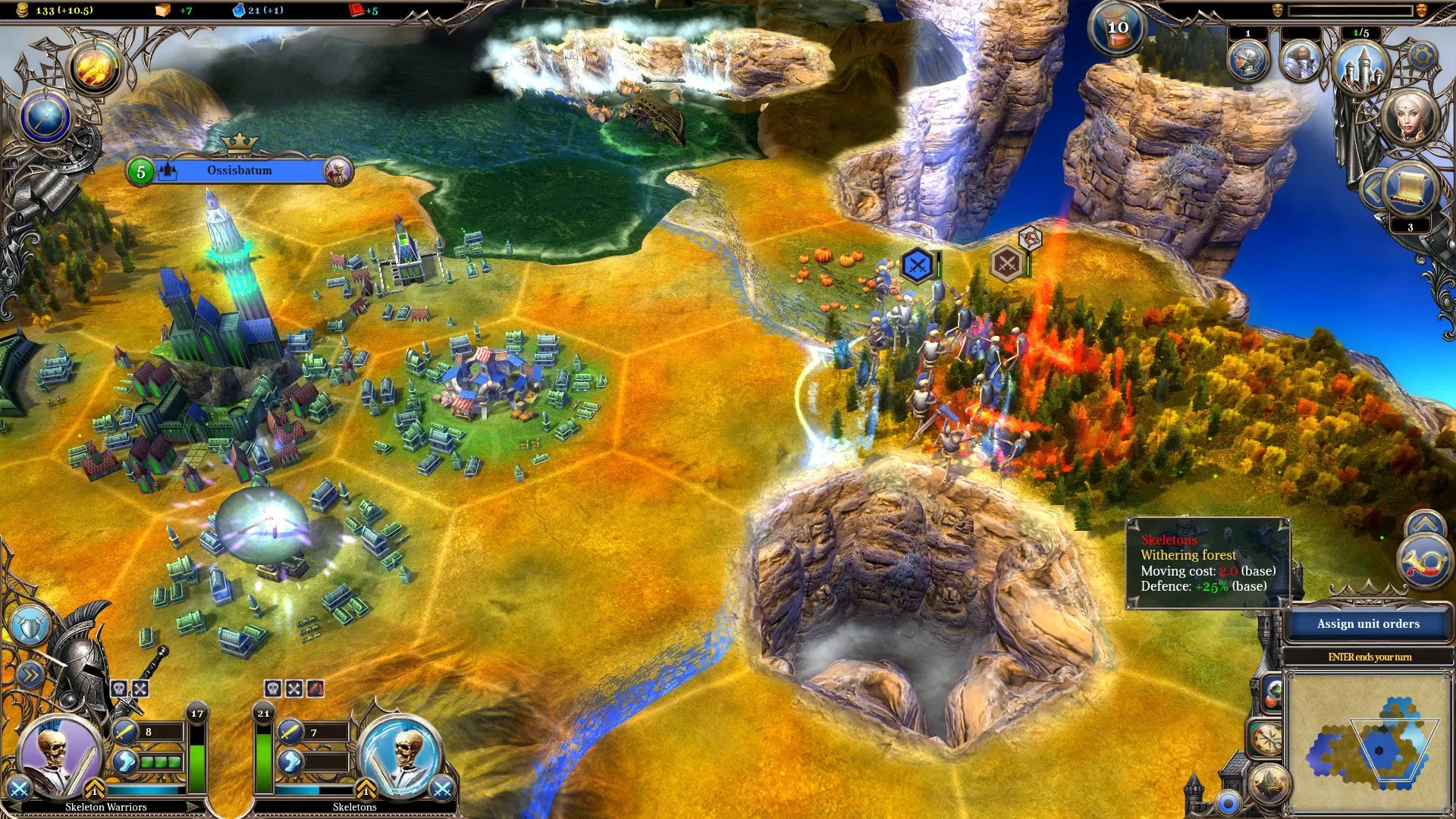 Alt: A close-up view of Warlock 2's interface, displaying resource management, unit information, and building options.
Alt: A close-up view of Warlock 2's interface, displaying resource management, unit information, and building options.
The game features a comprehensive tutorial that guides new players through the various management systems. Instead of overwhelming players with walls of text, the tutorial gradually introduces concepts, allowing players to experiment and learn at their own pace. This approach is particularly helpful for newcomers to the 4X genre, which can often be daunting with its intricate mechanics. A handy “next action” button also guides players through the necessary steps for each turn, ensuring no critical tasks are missed.
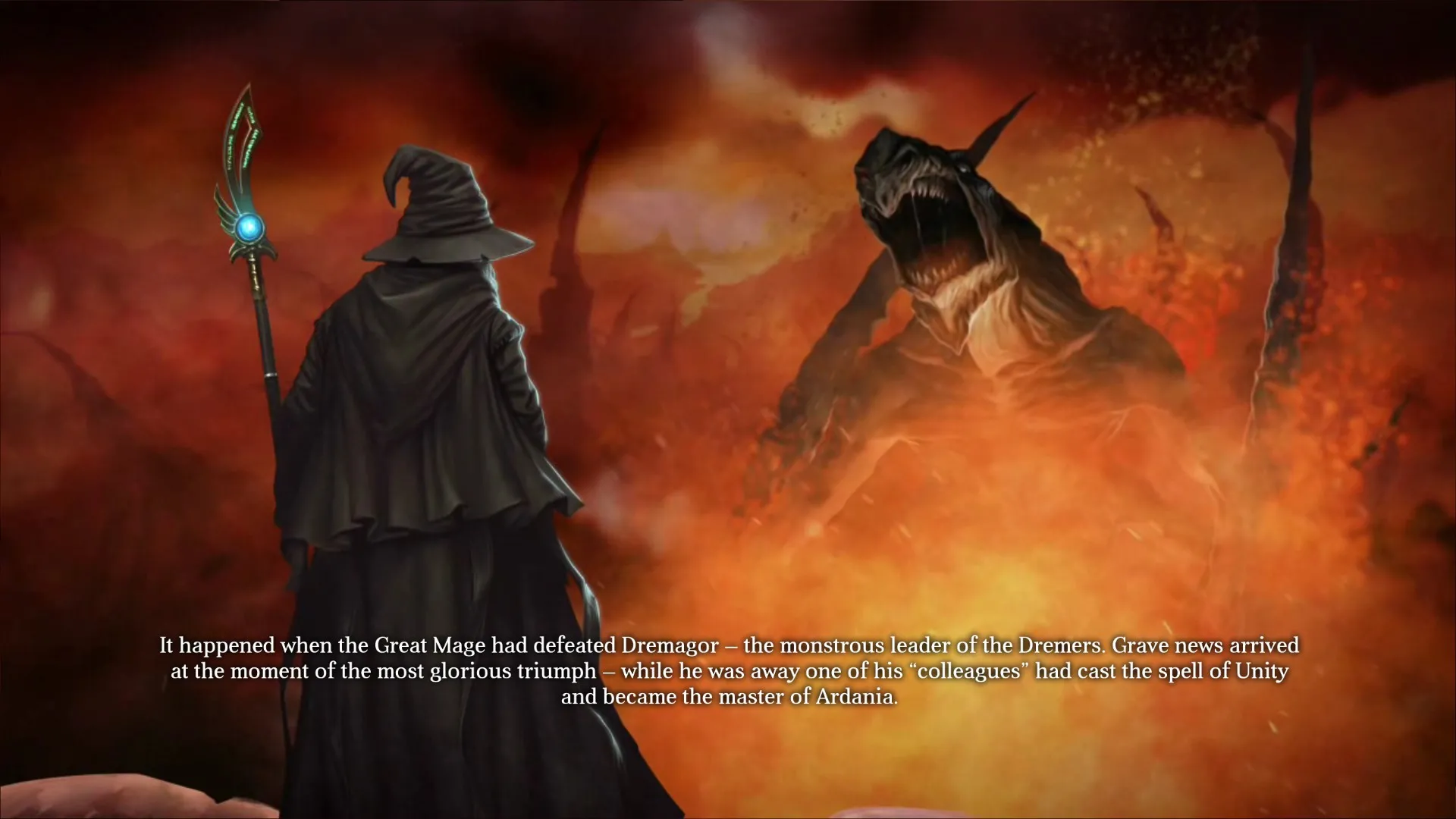 Alt: A screenshot of Warlock 2 demonstrating the in-game tutorial system, highlighting important interface elements.
Alt: A screenshot of Warlock 2 demonstrating the in-game tutorial system, highlighting important interface elements.
Engaging Gameplay with a Moderate Difficulty Curve
Warlock 2: The Exiled strikes a good balance between challenge and accessibility. The initial battles are manageable, allowing players to grasp the core gameplay loop and experiment with different strategies. Exploration is a key element, with magical portals connecting different worlds, expanding the game beyond its initially limited scope.
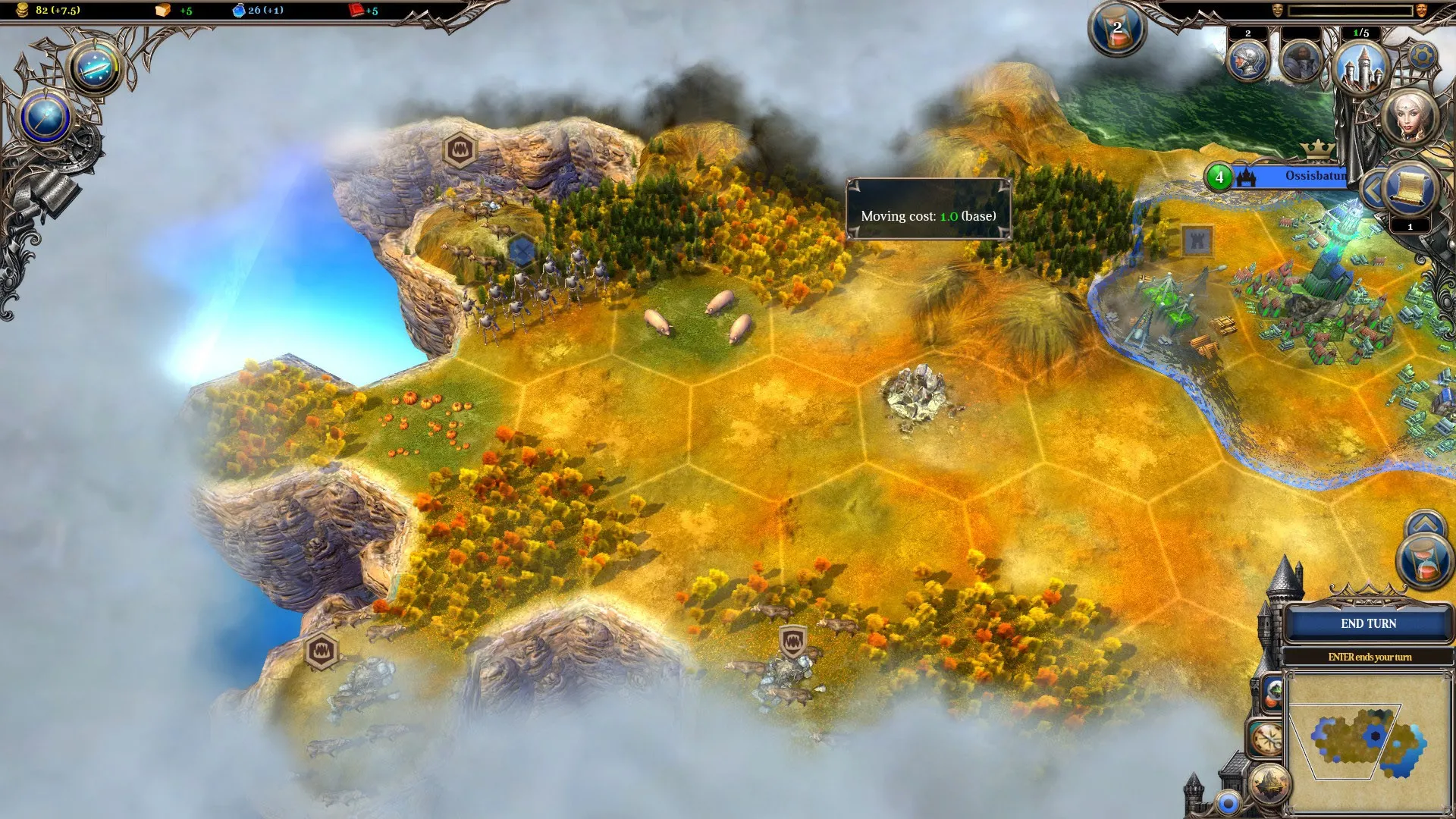 Alt: Warlock 2 gameplay screenshot showing a battle between two armies with various units and spells being cast.
Alt: Warlock 2 gameplay screenshot showing a battle between two armies with various units and spells being cast.
Similar to managing a real-world empire, securing nearby resources, upgrading infrastructure, researching spells, and recruiting troops are crucial for long-term success. The game offers a diverse selection of races, units, and spells, providing ample strategic depth and allowing players to tailor their approach to their preferred playstyle. Unit customization adds another layer of complexity, with units gaining experience and unlocking new abilities, forcing players to make tough choices about specialization and army composition.
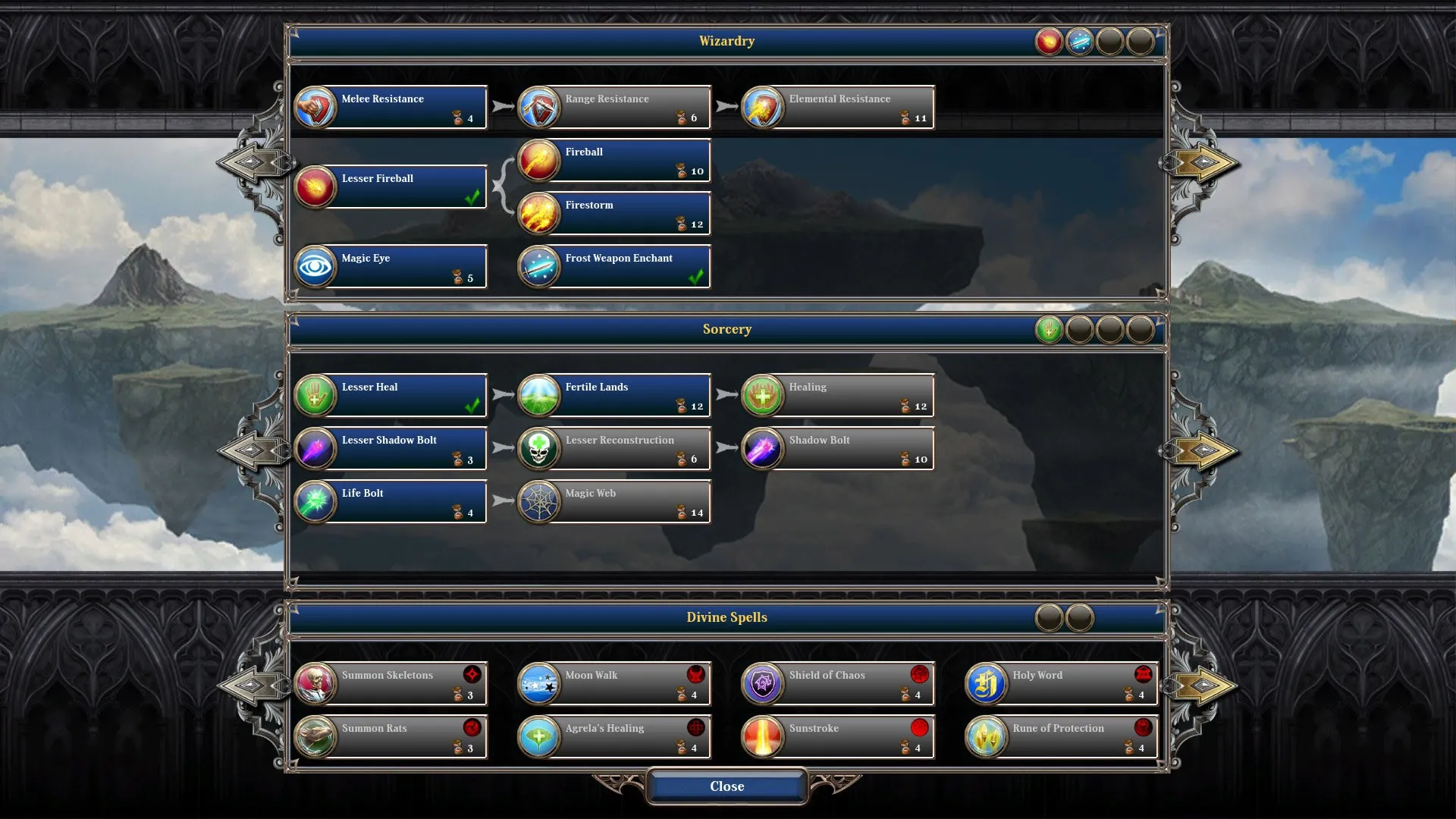 Alt: A screenshot of Warlock 2 displaying the unit upgrade tree, allowing players to choose different paths for their units' development.
Alt: A screenshot of Warlock 2 displaying the unit upgrade tree, allowing players to choose different paths for their units' development.
Visually Appealing with a Distinct Artistic Style
Warlock 2: The Exiled shines in its visual presentation. Detailed environments, intricate unit models, and even small details like rocks and trees demonstrate the developers’ commitment to crafting a visually appealing world. A subtle blur effect enhances the game’s magical atmosphere, creating a sense of wonder and mystery.
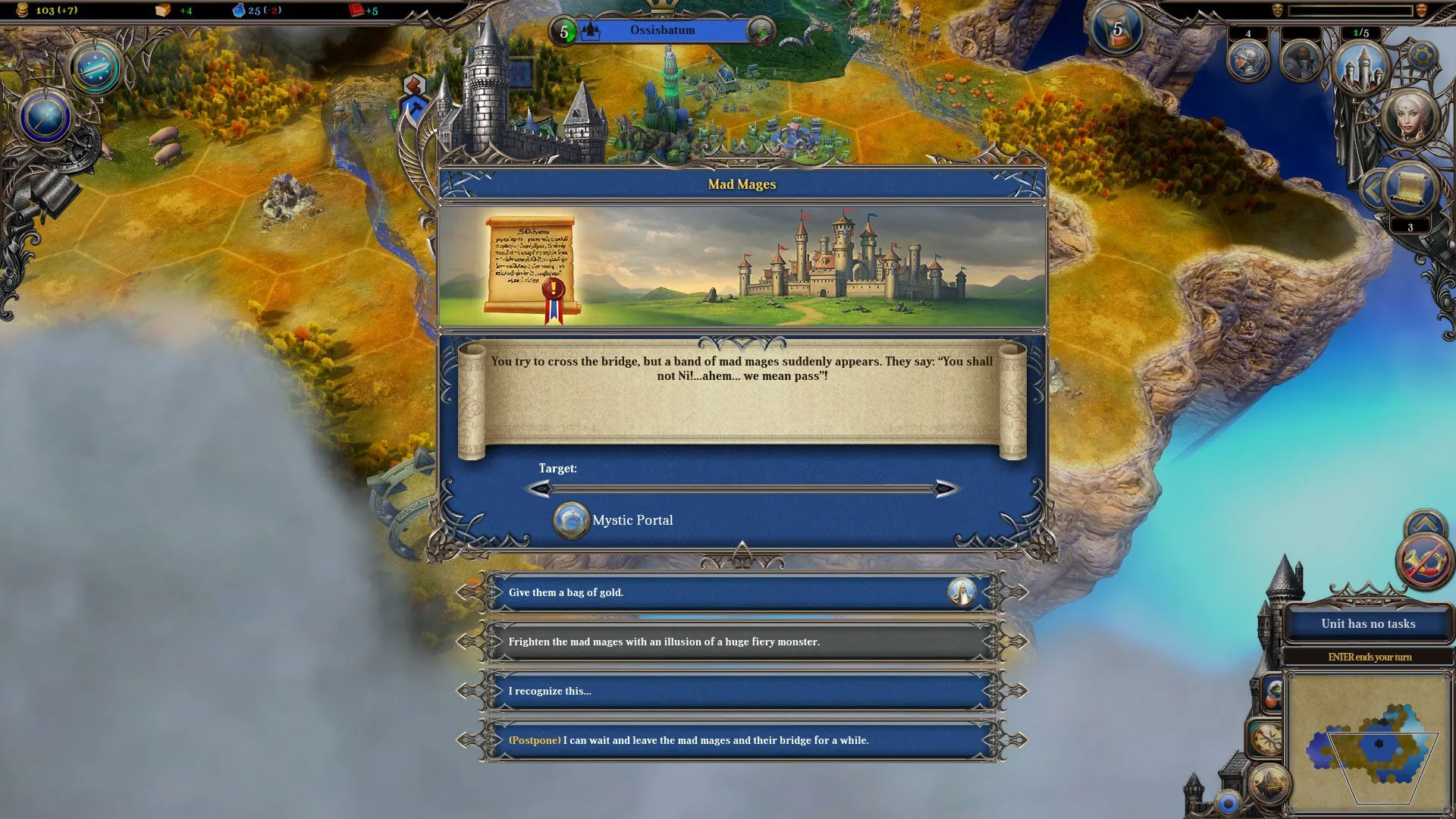 Alt: A wide-angle shot of Warlock 2 showcasing the detailed environments, unit models, and the overall visual style of the game.
Alt: A wide-angle shot of Warlock 2 showcasing the detailed environments, unit models, and the overall visual style of the game.
The game’s vibrant color palette further complements the visuals, adding depth and richness to the world. In a gaming landscape often dominated by realistic graphics, Warlock 2: The Exiled stands out with its distinct artistic style, reminiscent of classic fantasy artwork.
A Lackluster Narrative
The most significant drawback of Warlock 2: The Exiled is its lack of a campaign or story mode. Players are limited to sandbox maps with customizable settings. This omission is a missed opportunity, considering the rich potential of the game’s fantasy setting. While the game provides a brief background summary to connect with its predecessor, Master of the Arcane, players are largely left without a clear narrative drive or purpose.
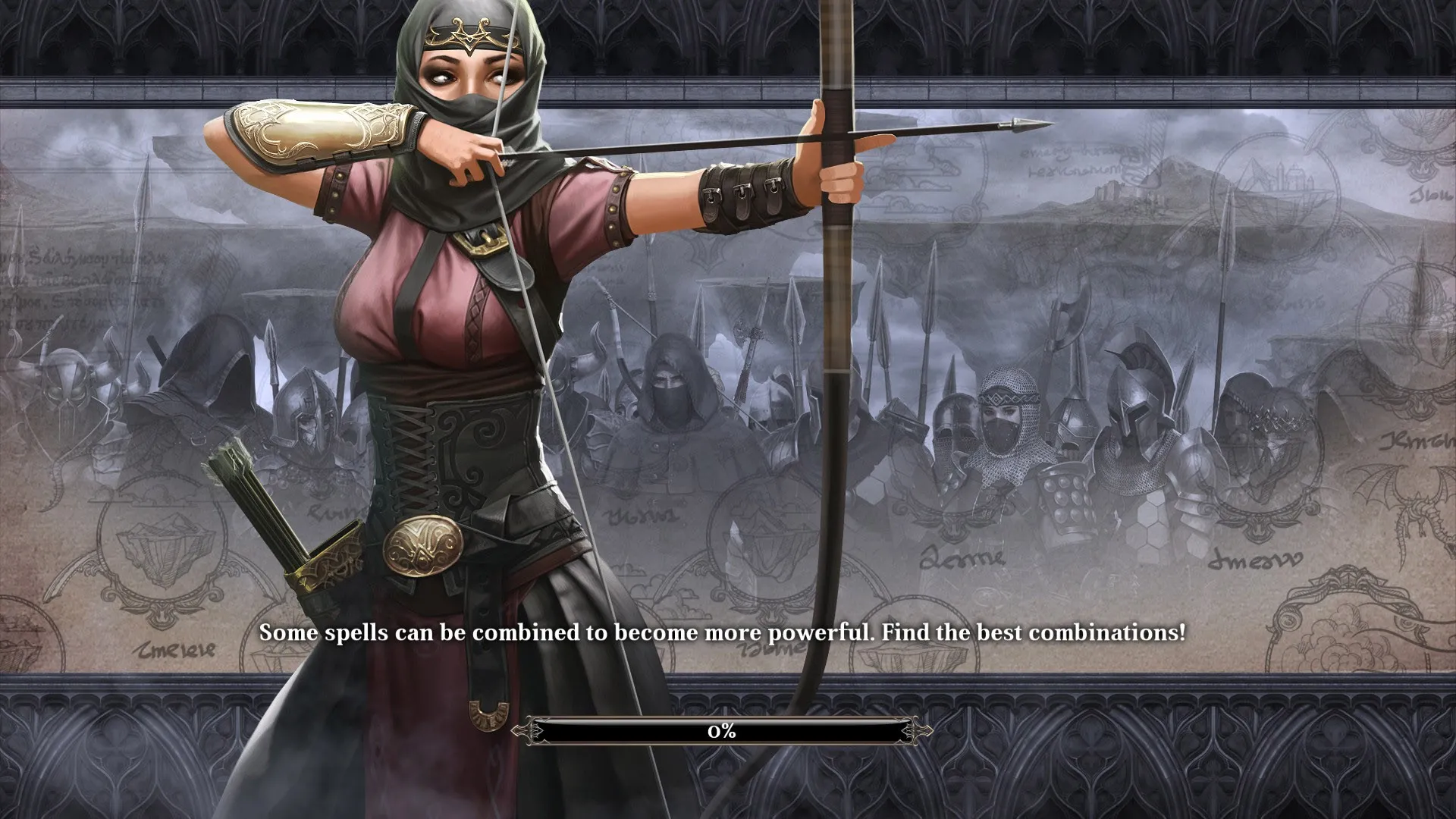 Alt: A screenshot of Warlock 2 depicting a battle scene with multiple units engaged in combat.
Alt: A screenshot of Warlock 2 depicting a battle scene with multiple units engaged in combat.
Underwhelming Effects and Sound Design
Despite the impressive visuals, the combat in Warlock 2: The Exiled lacks impact. Unit animations feel stiff and repetitive, and the effects for spells and weapon clashes are underwhelming. The sound design also falls short, with repetitive music and generic sound effects that fail to create a truly immersive experience.
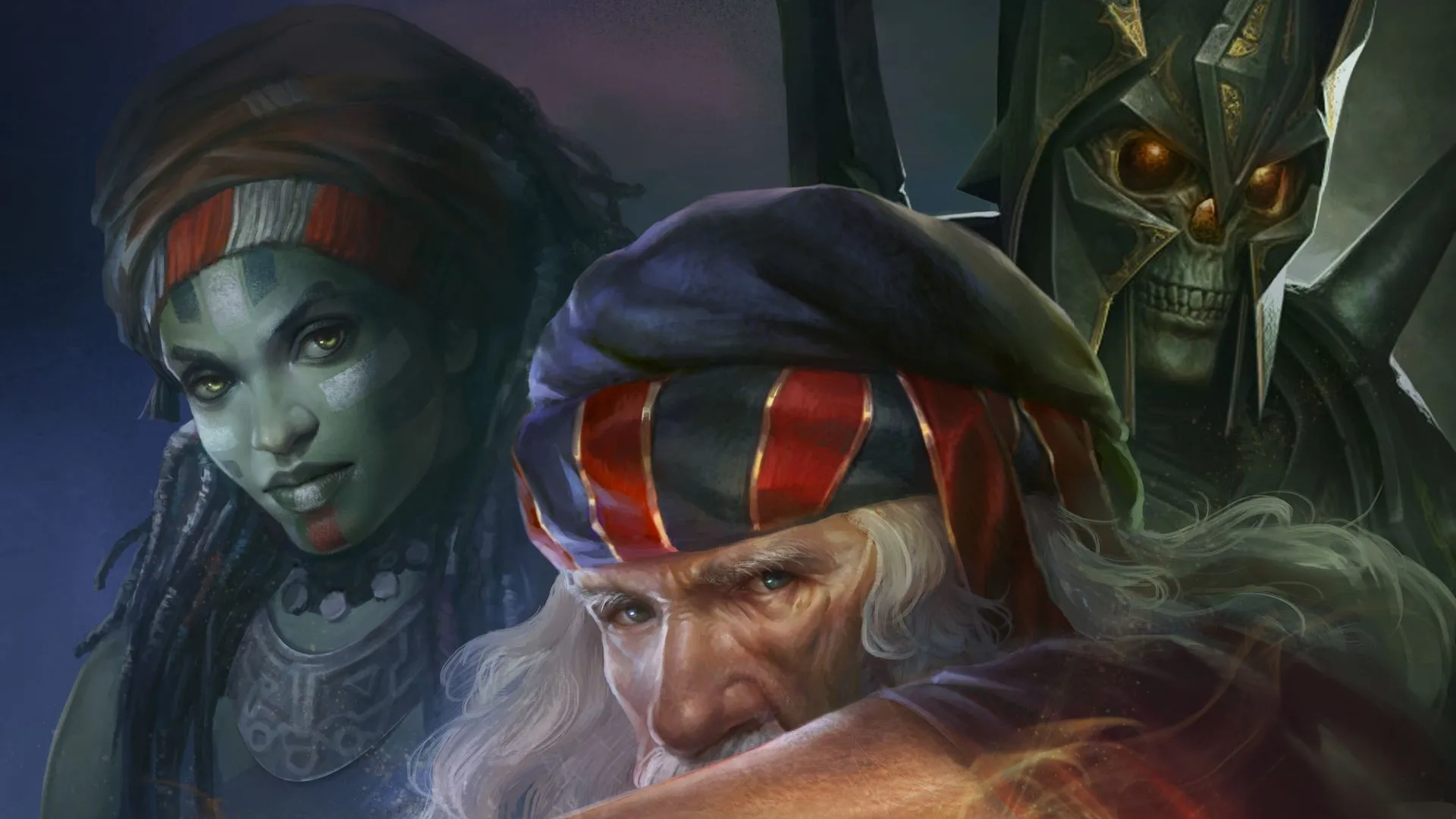 Alt: The cover art for Warlock 2: The Exiled, showcasing the game's fantasy setting and characters.
Alt: The cover art for Warlock 2: The Exiled, showcasing the game's fantasy setting and characters.
Conclusion
Warlock 2: The Exiled offers a solid 4X experience with a beautiful art style, engaging gameplay, and a streamlined interface. However, the lack of a compelling narrative, combined with underwhelming combat effects and sound design, holds it back from reaching its full potential. While it may not dethrone Civilization, it provides a worthy alternative for players seeking a fantasy-themed 4X adventure.





Comments (0)